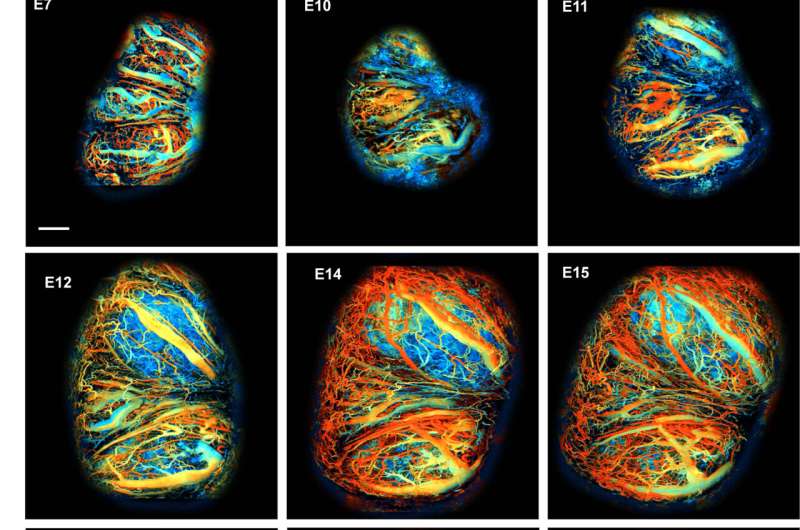March 23, 2024 report
This article has been reviewed according to Science X's editorial process and policies. Editors have highlighted the following attributes while ensuring the content's credibility:
fact-checked
trusted source
proofread
Saturday Citations: An anemic galaxy and a black hole with no influence. Also: A really cute bug

If you missed some of our top stories this week, we have you covered. From an underachieving black hole to a new species of fluffy beetle, you can see it all here.
Galaxy anemic
Researchers using the James Webb Telescope are studying I Zwicky 18, an extremely metal-poor blue compact dwarf galaxy in the constellation Ursa Major. The new images show extreme populations of massive stars and large supershells of dust and ionized gas. Blue compact dwarfs are characterized by powerful bursts of star formation, and I Zwicky 18 is one of the most metal-poor BCDs ever observed, comprising helium and hydrogen almost exclusively.
As a result, the stars it is violently spawning are likely Population III stars, poor in elements heavier than helium, which astronomers believe dominated stellar populations in the early universe. These huge, metal-poor stars eventually forged heavier elements in titanic supernovae, prompting science popularizers and "Babylon 5" characters to give elegiac speeches about how "we are star stuff!"
OK, Neil deGrasse Tyson, I'm made out of space litter, that still doesn't put food on the table. But as a cradle of Pop III stars, I Zwicky 18 provides a chemical window into the formation of the universe.
Bug cute
An Australian researcher found a weird bug. Must be Saturday. But no, it is actually a really cool, fuzz-covered bug, a new genus of fluffy longhorn beetle. Longhorn beetles are among the most diverse animal families on the planet, with 36,000 documented genera. Excastra albopilosa, whose name literally translates to "a white and hairy bug we found in the camp," may have evolved its fuzzy coat in order to appear as though it's infected with an insect-killing fungus as a predator deterrent.
The researchers discovered it near Lamington National Park, which biologists have raked over for the last century, so it's surprising that it hasn't been previously documented. The article includes a good photo of Excastra albopilosa, but check out the study in the Australian Journal of Taxonomy for a whole glamor portfolio.
Singularity ineffectual
Astronomers studying Chandra X-ray Observatory data report that quasar H1821+643, located 3.4 billion light-years from Earth, is super-lame and nobody pays attention to it. If it were a YouTube host, its videos would have three views and one of them would be its mom. Respectable quasars are supermassive black holes with immense appetites, shredding surrounding material and emitting intense radiation and light-speed jets of particles.
The astronomers determined that, unlike other black holes, H1821+643 has a high density of gas near its event horizon; most black holes generate so much heat that nearby gas explodes in bursts before it can become so dense. In other words, it has little influence on its surroundings, in contrast with similar objects.
In what can only be described as a scathing burn, study co-author Lucy Clews of the Open University in the UK says, "The giant black hole is generating a lot less heat than most of the others in the centers of galaxy clusters." Don't quit your day job, H1821+643.
Placenta photogenic
Researchers at Duke University developed a technique to capture high-definition images of mouse placental development by expanding traditional photoacoustic microscopy with new hardware and machine-learning methods, along with a literal window implanted in the mouse. In two experiments, they captured images of the placenta and data on placental blood supplies.
In the first, they produced images of a healthy placenta, tracking blood vessel size and density, and oxygen levels from day seven to day 19 of pregnancy. In the second, they studied acute responses of the placenta to alcohol consumption and cardiac arrest.
Among their findings, the researchers report that early development of the healthy placenta occurs in a low-oxygen state, similar to the state that induces tumors to grow; oxygenated blood increases as the placenta generates its dense mesh of blood vessels in response to the lack of oxygen.
© 2024 Science X Network





















